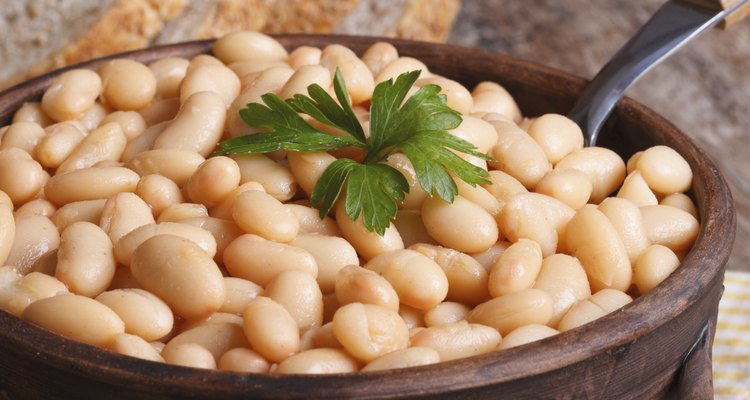
ALLEKO/iStock/Getty Images
The Mount Sinai Hospital defines normal bowel function as having one or two easy-to-pass stools per day. Unfortunately, for many Americans, normal bowel function has taken a backseat to constipation, which is one of the most common digestive complaints and most often a result of inadequate amounts of fiber in the diet. If your bowels are not moving at least once a day, increase the amount of fiber you eat to 20 to 35 grams of fiber per day. Do so gradually, though, because a rapid increase in fiber intake can cause bloating, cramps and diarrhea.
Beans, Beans, the Magical Fruit
One of the best ways to add more fiber to your diet and to get your bowels moving is by adding beans to your meals. A 3/4 cup of pinto beans contains 10.4 grams of fiber, almost half of the amount you need in an entire day. Kidney beans come in close behind at 8 grams of fiber per serving. Add beans to your soups or sprinkle them on top of salads. Experiment with meals that use beans as a main ingredient, like black bean burgers or bean tacos. Choose baked beans as a side dish or make your own bean puree.
Fill Your Bowl With Bran
The term "bran" refers to the hard, outer layers of cereal grains. Unlike refined grains, whole grains contain the bran layer, which provides most of the fiber. Bran may be in the form of wheat bran, rice bran, oat bran or corn bran. Wheat, rice and corn bran are particularly high in insoluble fiber -- the type that is known for making your bowels move. Many high-fiber cereals are loaded with bran and offer between 10 to 14 grams of fiber per 1/2-cup serving. You can also purchase raw bran and sprinkle it into hot cereals, blend it into smoothies or bake it into muffins or pancakes. An ounce of raw corn bran contains 22 grams of fiber, while an ounce of raw wheat bran contains 12 grams.
Whoop for Whole Grains
Bran isn't the only whole grain that gets your bowels moving. Any grains that contain the entire grain kernel, which includes the bran, germ and endosperm, can help alleviate constipation. Swap out white rice for whole-grain sides, like quinoa, which contains 5 grams of fiber per cup, or amaranth, which offers 6 grams of fiber per cup. Start your day off with a cup of bulgur, which contains 8 grams of fiber, or 1/2 cup of oatmeal, which offers half that. Include other whole grains, like brown rice, whole-wheat pasta and popcorn in your regular diet.
Battle Your Bowel With Berries
According to “Today’s Dietitian,” berries contain the highest fiber-per-calorie ratio in the food world. The fiber of berries is packed into their tiny seeds. Elderberries have the highest fiber content, offering 10 grams per cup, while raspberries and blackberries follow in a close second at 8 grams of fiber per cup. Top your cereal with fresh berries or mix them into your yogurt. Blend frozen berries into a breakfast smoothie or mix them in with your pancakes.
Go Green
Green vegetables aren’t just loaded with vitamins and minerals; they also pack a fiberous punch. One cup of cooked broccoli contains 5 grams of fiber, while 1 cup of cooked brussels sprouts contains 6 grams. One cup of cooked mustard greens, turnip greens or collard greens each contains 5 grams of fiber. Other sources of fiber include spinach, beet greens and Swiss chard. Include green vegetables in most of your meals, eating them raw in salads or sauteing them in some oil and garlic.
Related Articles

Which Is Highest in Fiber: Carrots, ...

High-Fiber Foods That Do Not Digest

How to Clean Out Your Stomach With ...
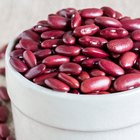
Ten Kinds of High-Fiber Beans

Foods That Cause Gas for Toddlers
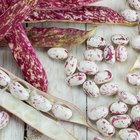
What Is the Nutrition for Cranberry ...

Top Vegetables With Selenium

How to Make Garden Huckleberry Jam
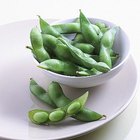
How to Make and Eat Edamame, Microwave ...

How to Write a Letter to My Son in ...

The Nutrition of Stone Ground Corn
The Best Fruits for Breakfast
Snacks Compatible With a Diet for Gout
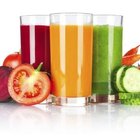
Nutrition Drinks for Diabetics

Lunch Meals That Contain High Fiber
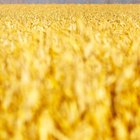
How to Use Foodsaver for Freezing Corn
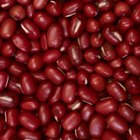
How to Soak Adzuki Beans
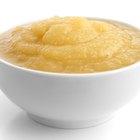
Benefiber as an Appetite Suppressant

Why Do My Upper Lips Get Chapped With ...
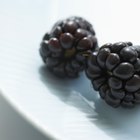
The Function of Fruits
References
Writer Bio
Lindsay Boyers has a Bachelor of Science in nutrition from Framingham State College and a certificate in holistic nutrition from the American College of Healthcare Sciences. She is also a licensed aesthetician with advanced training in skincare and makeup. She plans to continue on with her education, complete a master's degree program in nutrition and, ultimately, become a registered dietitian.
Photo Credits
ALLEKO/iStock/Getty Images